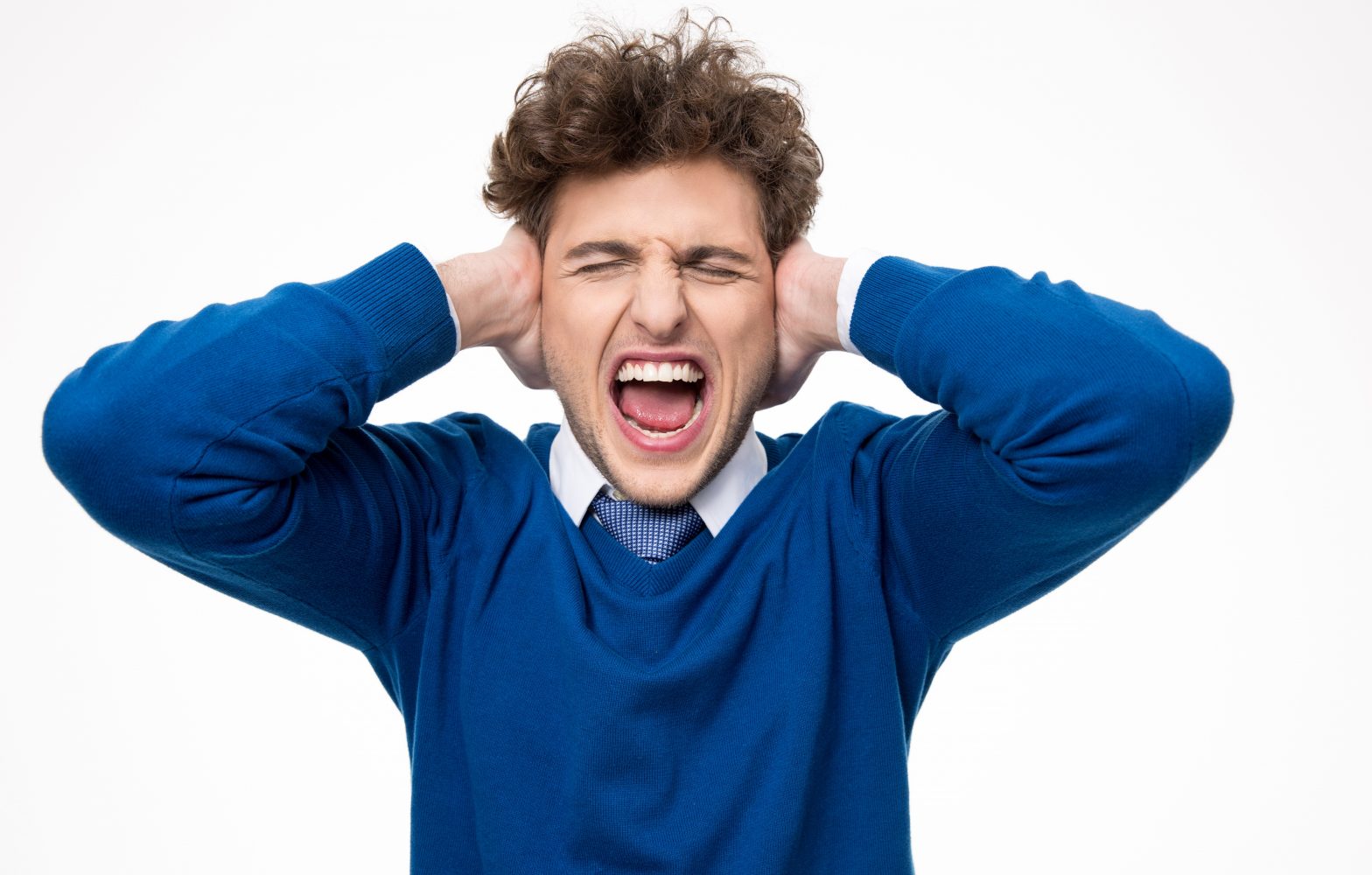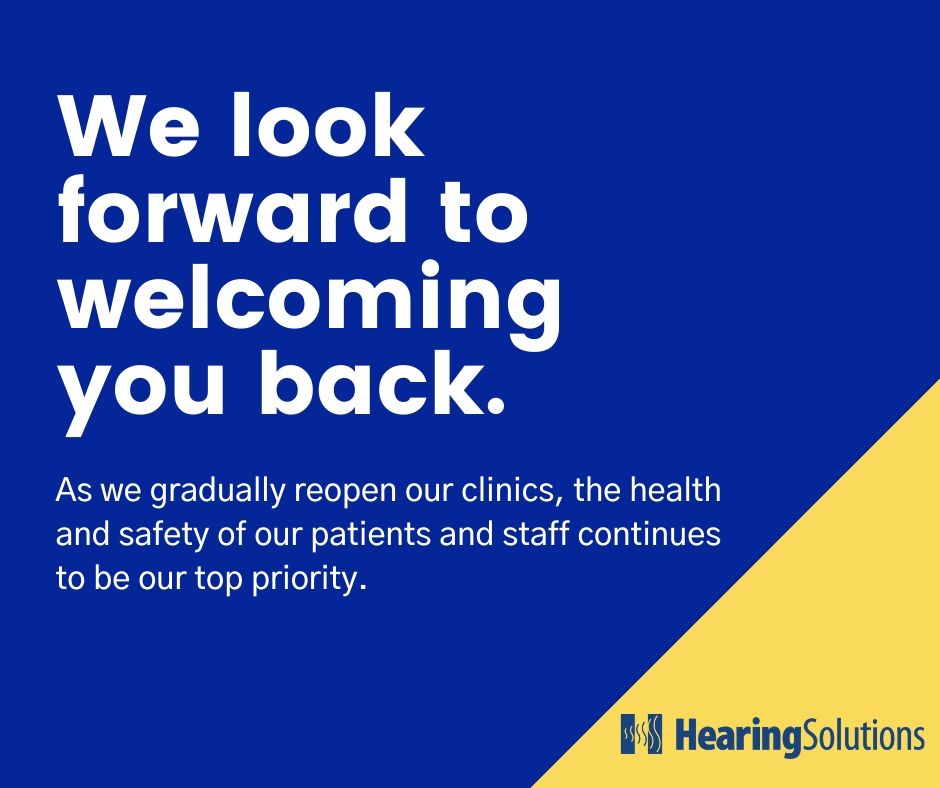INFOGRAPHIC: Guide to Safeguarding the Hearing of Staff in Loud Environments
All content with permission and courtesy of Earpiece Online.
20They are exposed to loud music and high levels of noise regularly that can damage their hearing in the long-term.
Currently, 1 in 6 people in the UK suffer from hearing loss, and this is second only to arthritis as the most common complaint of older adults. The cost to the NHS [National Health Service] are huge, it was calculated at 450 million pounds back in 2010/2011.
There are 2 forms of hearing loss, one is Conductive Hearing Loss, which is when there is a problem conducting sound waves anywhere along the route through the outer ear or middle ear. Many of the causes include Ear infection, allergies, benign tumors, impacted earwax, infection in the ear canal or foreign bodies in the ear.
The second is Sensorineural Hearing Loss, which is a problem with the inner ear or the processing of sound to the brain. Many of these causes are viruses or disease, hearing loss that runs in the family, aging or exposure to loud noise.
Both of these forms are by-products of wearing an earpiece (impacted earwax or foreign body in the ear) or being surrounded by volumes of noise above 85 dB (exposure to loud noise). Hearing damage has very strong links to how long the person was exposed.
A level of 85 dB will cause damage to your hearing, but it only gets painful at around 140 dB. Prolonged exposure to any noise above 85 dB can cause gradual hearing loss and increase the risk of permanent hearing damage.
Most sound levels in clubs reach 110 dB and pay attention to the power of sound rather than the quality. It is the power that causes hearing damage.
It is advised to have at least 10 hours of rest between exposures to extreme noise. Foam earplugs block out dangerous frequencies and the average protection that can be achieved is about 10-20 decibels.
To put it into context, no one would use a chainsaw without wearing ear muffs for any period of time, but club staff are subjected to similar levels of noise without any protection. It is the responsibility of employers of bars and nightclubs to ensure they are complying with health and safety regulations, and supply adequate hearing protection.
As we can see from the above infographic hearing damage starts at 85 dB and the safe exposure time decreases as the decibels increase. Average clubs and pubs have a noise level of 110 dB and the recommended exposure time is 15 minutes.
It is important to detect the signs of hearing loss early because it may reduce alertness and increase risk to your personal safety, leading to stress, depression, reduced job performance and earning power.
Common signs you should look out for are:
- TV volume on a higher level than normal
- Struggling to follow conversations at a normal level
Preventing hearing loss is vital because there isn’t a cure once you have lost your hearing. We advise that you wear earplugs or ear defenders in loud areas, try not to stand too close to speakers or sources of loud noise, and take breaks from loud areas.









